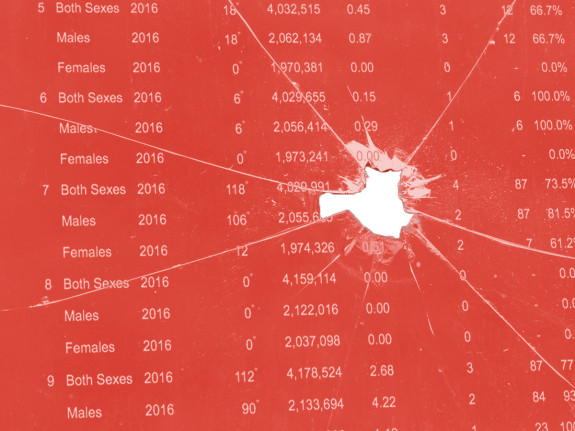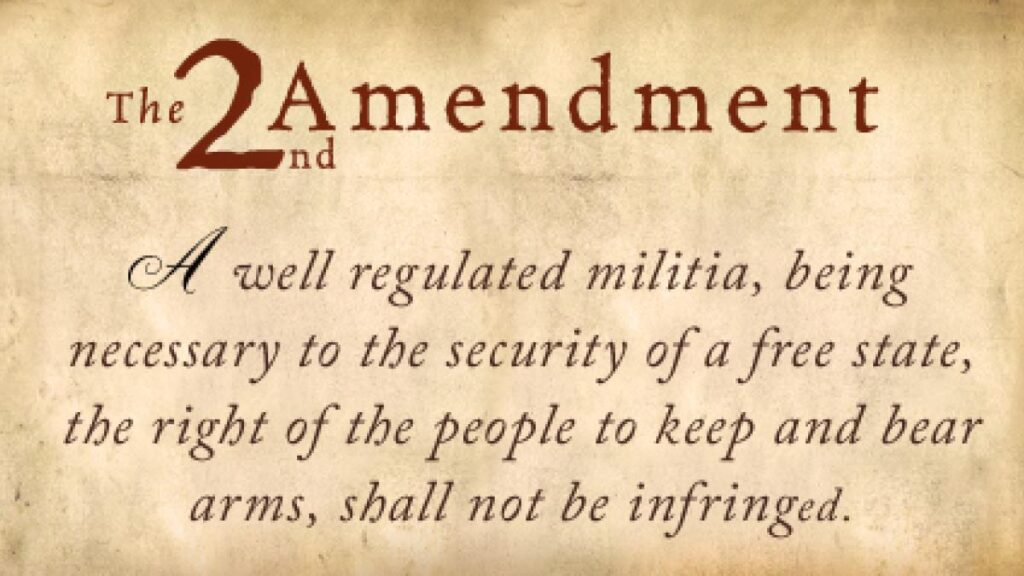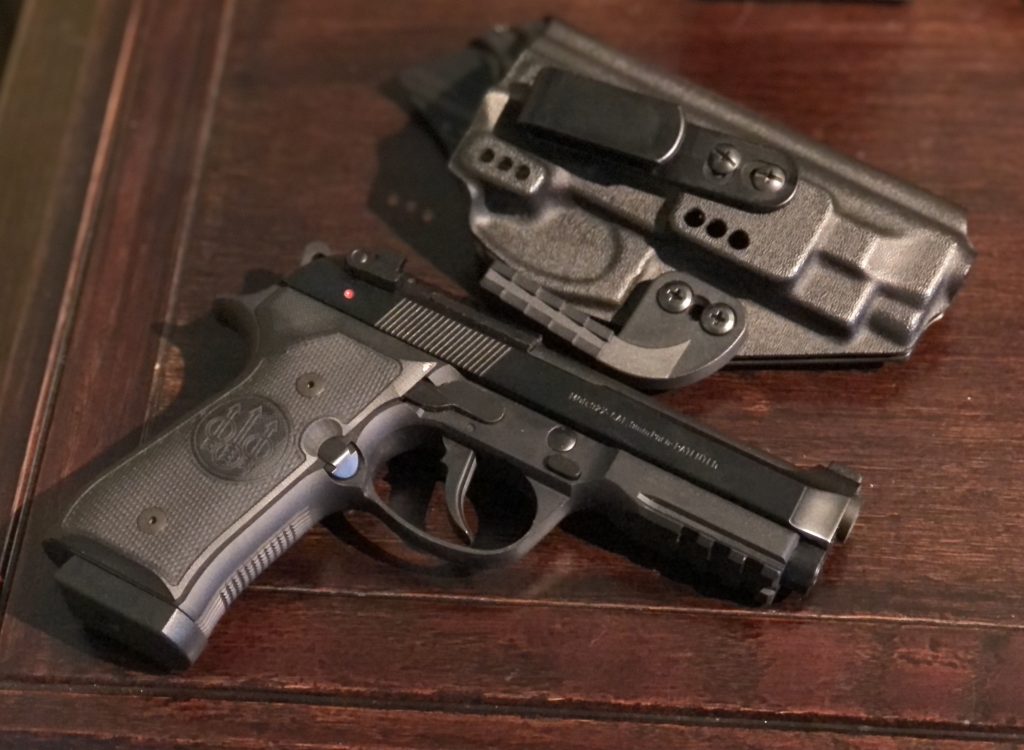[Ed: We are pleased to repost this research with permission by DRGO ally Carl Bussjaeger, originally published March 12 at The Zelman Partisans, a no compromise Jewish gun rights organization for everyone. CDC and other government data may be the best available, but that doesn’t mean they’re accurate. Doctors don’t search through 150,000 codes to diagnose, and 1% of the nation’s hospitals doesn’t match reality. You can also read about this at number experts FiveThirtyEight.]
I’ve mentioned the problem with highly variable firearm homicides numbers in the FBI UCR vs. the CDC’s WISQARS. For 2017, the UCR claims 10,982 firearms homicides, while the CDC says 14,542, 32% higher. Part of that is reporting.
Advertisement — Continue Reading Below
The UCR is based on reported numbers from law enforcement agencies. But not all report.
The CDC, though…
The CDC numbers are based on emergency department reports, using ICD-10 codes. But, like the FBI, they don’t…use data from every hospital. In fact, they pick out just 60 hospitals and use their reports as a proxy for the country. It’s rather like Rasmussen pseudo-randomly surveying 1,000 people in hopes of picking a representative sample of all Americans, and extrapolating from there.
Advertisement — Continue Reading Below
And that’s a huge problem.
If more of the sample hospitals are in places like Chicago, Saint Louis, or Baltimore, it skews the results, because those locations have a disproportionate number of firearms homicides compared to Alamogordo, New Mexico. If you assume everywhere has a firearms homicide rate like Baltimore, you’re going to extrapolate an unrealistically high number. Maybe even 32% higher than what the FBI says.
Problem, right?
Advertisement — Continue Reading Below
I’ve barely started.
First, a 60 hospital sample is ridiculous when there are 6,210 hospitals in the US.
CDC samples fewer than 1% of hospitals.
Advertisement — Continue Reading Below
Second, there is no good reason to do a 60 hospital sample. Or a 600 hospital sample.
To comply with the federal HIPAA law, since October 1, 2015, every HIPAA-covered entity — every hospital — in the nation reports every single gunshot wound, by ICD-10 code, to the government. All 6,210. For Every. Single. Patient. ICD-10 is just the latest iteration. They have been collecting this data for years.
The CDC doesn’t need to sample, then guess at the total number. The total number for every hospital in the country is already at their disposal. At most, they might have to make extremely minor adjustments for occasional coding errors. But since Medicare/Medicaid and insurance payments are based on the reported codes, the existing system already checks for coding errors. Damned few should slip past insurance companies dead set on paying out the least they can.
Advertisement — Continue Reading Below
In fact, they have more data than just “gunshot injury.” ICD-10 breaks it down by intent (accidental/self, accidental/other, suicide, homicide) and weapon (machinegun, rifle, shotgun, handgun, other). There is a separate code for each possible combination. More codes if multiple weapons. More codes for where on the body the injury is. The admission data (which they get) includes age, race (with more choices than the 6 given in WISQARS), gender. They have the hospital location for geographic distribution of injuries.
And it isn’t just fatal injury, all those code options are there for nonfatal injuries.
With the available data, the CDC can sort for “white males, 18-24, shot in lower back, in Kalamazoo, fatal and non-fatal” and give you the exact numbers.
Advertisement — Continue Reading Below
I’ve played with the WHO ICD database, and the available data is amazing.
So why isn’t the CDC simply using the raw data, instead of sampling and extrapolating? Is it too difficult to get to get the data for research purposes?
No. ICD is designed for researchers to use, by intent. Medical people hate it because — to make any possible injury/illness in which a researcher might someday be interested — there are upwards of 150,000 different codes to choose from; want to know how many people are bitten by large dogs vs. small; it’s there.
Advertisement — Continue Reading Below
There’s only one reason for the CDC to forego using the entire database as intended, and cherry-pick a handful of “representative” hospitals.
Because the raw data doesn’t support the laws the victim-disarming gun controllers want.
The raw data would tell us who is getting shot. With what. What the victims’ demographic and geographic distribution is. Combined with the UCR, it would tell gun controllers which criminals to target, and how. All the things the CDC pretends it can’t do.
Advertisement — Continue Reading Below
The CDC has to lie about injury reports to rationalize targeting honesty gun owners who don’t commit the crimes.
.
.

— DRGO Editor Robert B. Young, MD is a psychiatrist practicing in Pittsford, NY, an associate clinical professor at the University of Rochester School of Medicine, and a Distinguished Life Fellow of the American Psychiatric Association.















